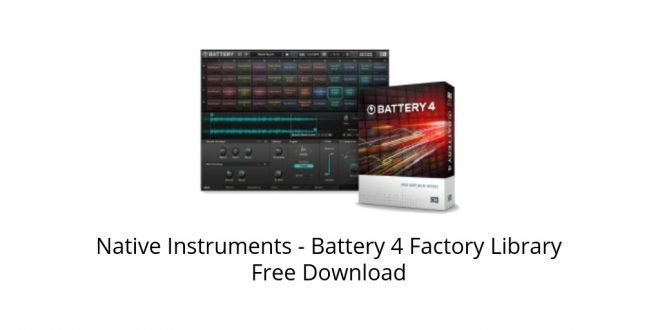
It’s in such scenarios that the high price of the MacBook Pro 14-inch (2023) becomes more justifiable. Thanks to the power of the M2 Pro chip, I was able to scrub through 8K video, edit footage and preview my changes without having to render the preview, making the whole workflow much faster. The macOS Ventura operating system felt fast and responsive, apps loaded quickly, and even the most intensive tasks, such as 8K video editing, were handled with ease. I tested the MacBook Pro 14-inch with the M2 Pro chip, 32GB of unified memory and a fast 2TB, and I can confidently state that this is one of the best-performing laptops I’ve used.

While keeping the same design as the previous model means the MacBook Pro 14-inch (2023) is a less revolutionary release than its predecessor, it’s a competent and confident one – and under the hood is where the real action is. You also get plenty of ports to plug in peripherals (including a memory card slot, which will be particularly welcome for photographers), a responsive and satisfying keyboard, and a very good 1080p webcam.

That’s no bad thing, as that means you still get one of the best displays you can find on a laptop: a 14.2 Liquid Retina XDR mini-LED screen that runs at a resolution of 3024 x 1964, with a refresh rate of up to 120Hz.

On the design front, nothing has changed, with the 2023 model looking identical to the 2021 model. You can choose the amount of unified memory and storage that are appropriate for your needs, and you can also choose between the M2 Pro or M2 Max chips, though unsurprisingly the already-high price tag can start climbing steeply as you upgrade certain components. As with previous models, as well as the 16-inch variant, you have quite a bit of flexibility as to how you can configure the MacBook Pro 14-inch (2023).


 0 kommentar(er)
0 kommentar(er)
